The NATO Headquarters Allied Air Command sent two Mobile Training Teams to Ukraine to conduct training with the Ukrainian Air Force last week.
Both teams consisted of seasoned and experienced specialists and subject matter experts. Their goal was to explain NATO best practices and proven procedures to their Ukrainian counterparts allowing NATO Partner Ukraine to make their own tactics, techniques and procedures interoperable with NATO.
“These teams are a critical tool in NATO’s Security Cooperation apparatus,” said German Lieutenant Colonel Jochen Rosendahl, Allied Air Command Military Partnership Mobile Training Team Leader. The teams are requested by the Nation and funded by NATO.
“Allied Air Command as the Single Service Command provides assistance in an area that the Partner nations feel a need to improve the interoperability. This makes Allied Air Command an active actor in building that partner- and relationship with Ukraine, enabling their opportunity to enhance their status in the scope of partnerships.”
The alliance say that these Mobile Training Teams help fulfill NATO’s Military Partnership programme intent, to develop, maintain or strengthen NATO-Partners relations with a view to achieving mutual trust and confidence between military authorities.
“Through these and future Mobile Training Team activities with the Ukrainian Air Force, Allied Air Command remains committed to offering opportunities that enable Ukraine as a more ready and postured force enhancing regional security and stability.”
Since early 1994 Ukraine has been a member of the NATO Partnership for Peace. Relations between NATO and Ukraine date back to the early 1990s and have since developed into one of the most substantial of NATO’s partnerships. Since 2014, in the wake of the Russia-Ukraine conflict, cooperation has been intensified in critical areas. NATO and Ukraine established a Distinctive Partnership in 1997 and have since been working together in the NATO-Ukraine Commission (NUC).
Based on the NATO-Ukraine Charter, the NUC is to assess the development of NATO-Ukraine relations, survey planning for future activities and suggest ways to further develop cooperation.


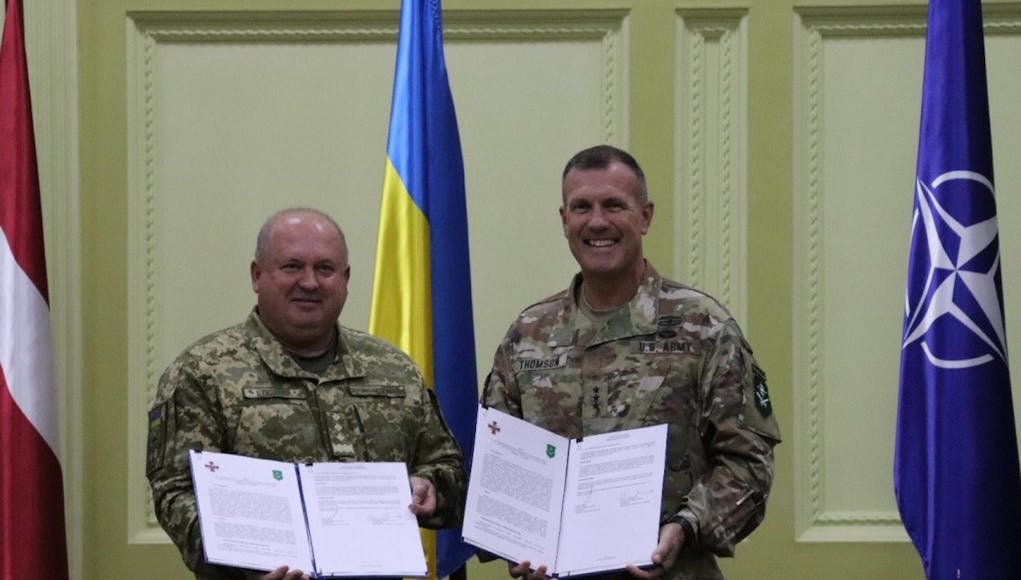

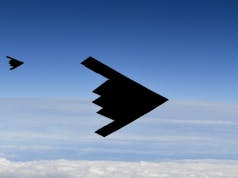
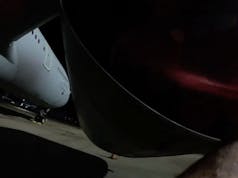

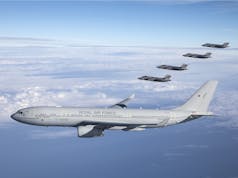

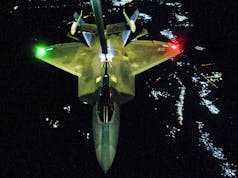


I wonder what Ukraine’s thinking is behind this, they seem to be walking on very thin ice.
The closer they get to NATO the more annoyed Russia gets and yet they are not a member of NATO and history has shown that NATO will not be coming to their support, should Russia decide to take some more of the country.
If Ukraine eventually joins NATO then NATO will actually have lost the plot IMO.
Simply put, Russia considers Ukraine its possession; not just its sphere of influence, but its territory. One way or the other, regardless of whether NATO has a relationship/contact or doesn’t have a relationship /contact with Ukraine, Russia will eventualy try and take it “back”.
So, if NATO is going to do anything it should do it now and in a big way, i.e. quitely stick 100,000 NATO troops in Kiev. But if NATO really wants Kiev to be part of it, doing this gradual, “We’re with you Ukraine” through words but no action is a recipe for disaster. It leaves Ukraine open to further atttack any time soon, which Russia will justify as its just right to do so, and Ukraine would be swiftly taken over.
I’ve met numerous Ukrainians over the years, some pro West, some pro Russia. The ones who are pro West are vehemently so, as are the ones Pro Russia. Really, as has already happened to a certain degree, Ukraine will become split into two, which would be all fine and dandy if it could be left at that, but the fact that the ultimate goal for Russia is taking Kiev would create a a massive problem.
In the end, either we take the NATO border to Russia, or Russia will eventually bring its border to NATO. That said, I feel NATO could implode before long.